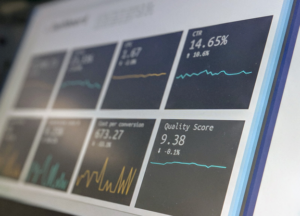To plan a good format for a meeting, facilitators need to be aware of the different ways that individuals process information and offer their input.
For example, many extroverted people need to process their thoughts out loud while introverted people need to complete their thoughts internally before they speak them. If the whole meeting consists of the large group talking things through, many introverts will leave feeling frustrated.
They may believe that they didn’t get a chance to speak or that much of the discussion was not succinct. Much valuable input may have been lost. To ensure that this doesn’t happen, it’s often wise to have several different ways for people to contribute during a meeting.
When a topic is first introduced, it can be helpful to give people a few minutes to answer a question in writing and then to present their answers to the group in turn. This gives both types the time they need to be clear about what they want to say and it ensures that introverts get equal air time.
It is easier for introverts to “get in” in a small group. So, when a topic will generate a lot of discussion, it’s a good idea to break the meeting into small groups of 5 people or fewer. You can provide each group with a different task or give them all the same task. If the problem you’re trying to solve in the meeting is very complex, having different groups tackle different aspects of the problem with different tasks can lead to new views of the issue and new solutions may arise. Or, if there’s a conflict in the group, having small groups each work on the same task may allow some of the tension to diminish while in small group discussion. That might allow the whole group to move toward resolution.
Don’t make the mistake of thinking that introverts are shy. They can be quite assertive. But you won’t get their full input unless you make it possible for them to think before they offer their ideas.
If you have any questions about Facilitation or want to learn more about how MAS can help, click here .






